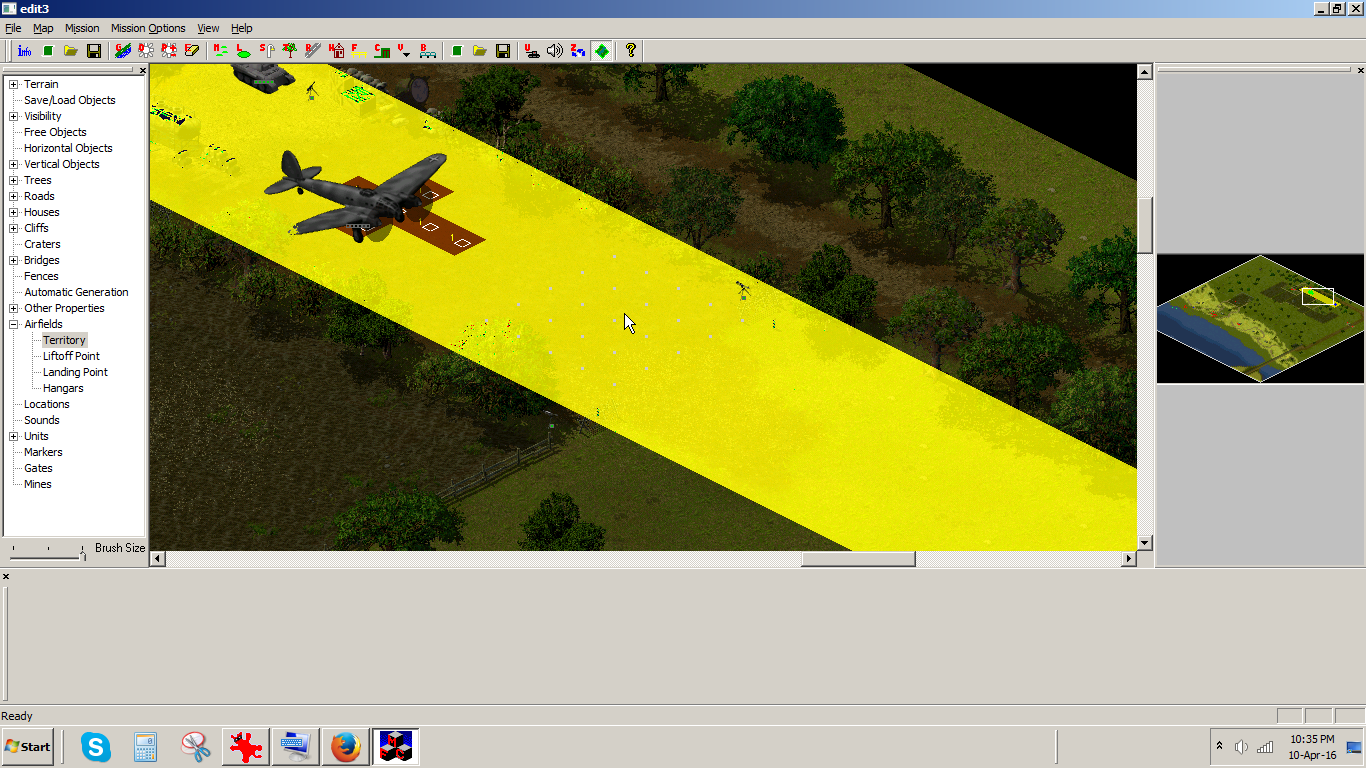

Purine-rich seafood includes anchovies, sardines, mussels, scallops, trout and tuna.

Purines are also found in certain foods, including red meat and organ meats, such as liver. Your body produces uric acid when it breaks down purines - substances that are found naturally in your body. Urate crystals can form when you have high levels of uric acid in your blood. Gout occurs when urate crystals accumulate in your joint, causing the inflammation and intense pain of a gout attack. Request an Appointment at Mayo Clinic Causes Seek medical care immediately if you have a fever and a joint is hot and inflamed, which can be a sign of infection. Gout that goes untreated can lead to worsening pain and joint damage. If you experience sudden, intense pain in a joint, call your doctor. As gout progresses, you may not be able to move your joints normally. The affected joint or joints become swollen, tender, warm and red. Later attacks are likely to last longer and affect more joints.

After the most severe pain subsides, some joint discomfort may last from a few days to a few weeks. The pain is likely to be most severe within the first four to 12 hours after it begins. Other commonly affected joints include the ankles, knees, elbows, wrists and fingers. Gout usually affects the big toe, but it can occur in any joint. The signs and symptoms of gout almost always occur suddenly, and often at night. Gout most commonly affects the joint at the base of the big toe. Gout causes intense pain and swelling around one or more joints.


 0 kommentar(er)
0 kommentar(er)
